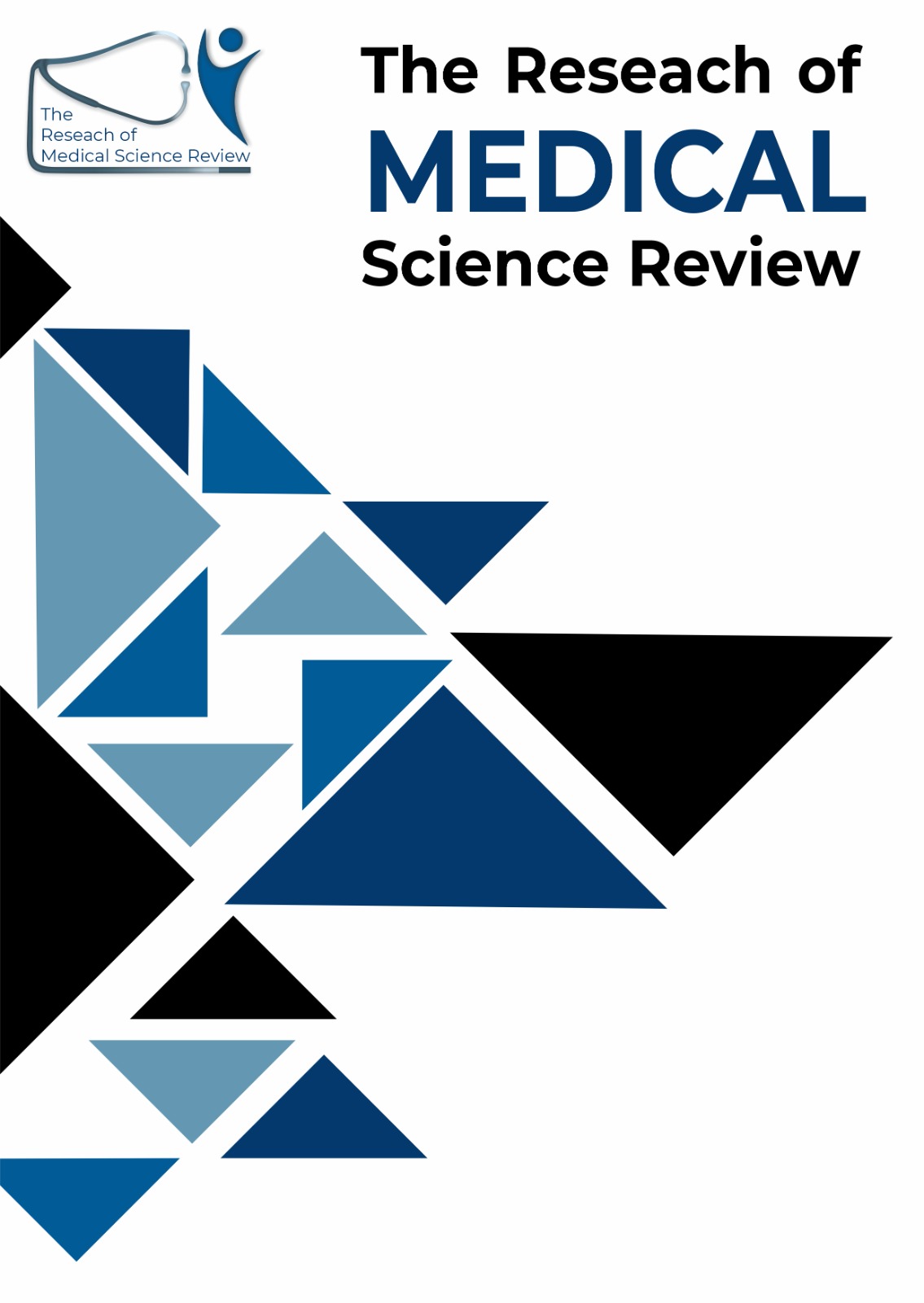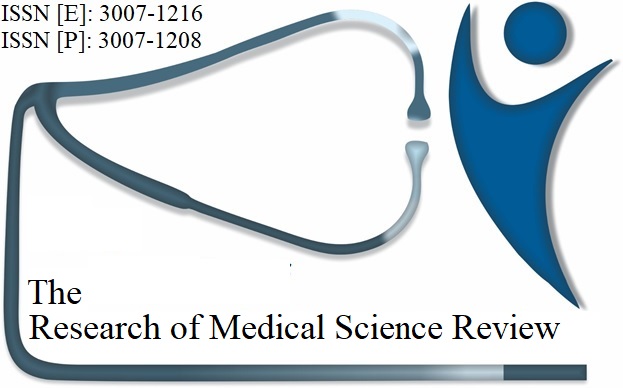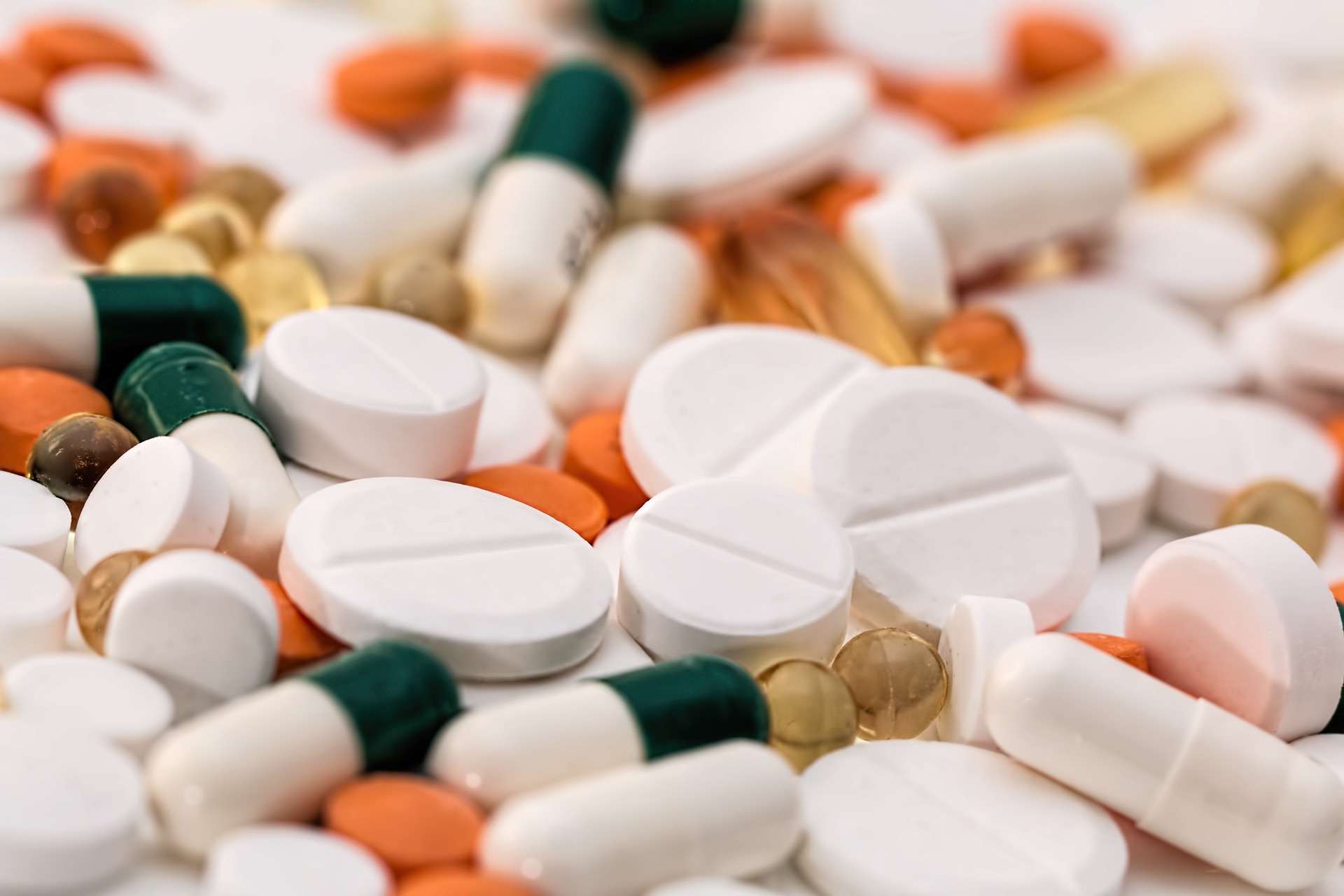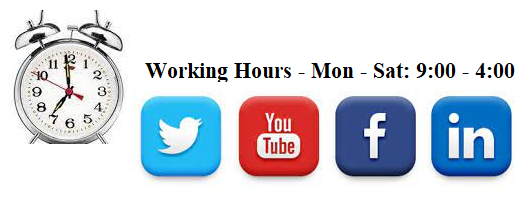CORRELATION OF BODY MASS INDEX AND TESTOSTERONE LEVELS IN ADOLESCENT MALES, FROM HYDERABAD, PAKISTAN
Keywords:
Testosterone, Adolescent Males, Hormone, Hyderabad, JamshoroAbstract
Objectives: To set a population-based cut-off value of normal adult and to determine correlations of testicular volume with body mass index (BMI), seminal profiles, and hormone levels. Testicular volume is an index of male fertility but cut-off values of normal adult has not been reported. Methods: During 54 months from January 2004, 1139 normal young men, 19-27 years old in military service were enrolled. Testicular volumes were measured by ultrasonometry. Height, body weight, and BMI were measured and semen analysis and hormone assay (follicle-stimulating hormone [FSH],luteinizing hormone [LH], and testosterone) were performed. Results: The mean age was 23.52 ± 2.74. The mean testicular volume was 18.37 ± 3.62 cm3 in left, and 18.13 ± 3.85 cm3 in right. The mean body weight was 67.4 ± 7.91 kg, the mean height was 176.2 ± 6.64 cm, and mean BMI was 22.49 ± 2.02 kg/m2 . Testicular volumes had significant but weak correlations with height, body weight, and BMI. The semen analyses showed a mean pH of 7.63 ± 0.74, volume of 2.49 ± 1.12 mL, count of 68.63 ± 13.62 × 10 6 , motility of 69.93% ± 10.28%, and morphology of 68.62% ± 7.48%. Sperm counts and motility had positive correlations with testicular volume. The mean hormonal levels of FSH, LH, and testosterone were 7.31 ± 2.42 mIU/mL, 7.81 ± 2.49 mIU/mL, and 6.23 ± 1.69 ng/mL, respectively. Testicular volume was negatively correlated with FSH and LH and positively with testosterone. Conclusions: In this population-based study, we conclude that the cut-off testicular volume in normal young adults is around 18 mL and that testicular volume is positively correlated with height, body weight, BMI, semen profile, and testosterone, and negatively correlated with FSH and LH. In all phases of life, T (Testosterone) is a key sex hormone required for normal physiological functions. The growth and maintenance of secondary sexual features in men depend on T. Additionally, T affects bone density, muscle mass, mood, and cognitive ability. Inhuman males experience reproductive problems at various periods of their lives as a result of T imbalances. Reduced semen quality in males, a rise in genital abnormalities, and changes in the timing or course of puberty are all associated with low T levels. In this study on adolescent guys, there was a definite positive correlation between T levels, energy levels, and muscle tone was recorded. The amount of T in AD (Adolescent) males increases 20 to 30 fold, boosting secondary sexual characteristics, MM (Muscle Mass), BD (Bone Density), and the (B) behavior. T influences anabolic and androgenic effects in AD by promoting protein synthesis, which leads to tissue development and the proliferation of AR (Androgen Receptor). Partakers (Sample) were 120 AD males having age above 13 and below 20. As (AD according to WHO (World Health Organization) range 11 to 19). The study was conducted during the January 2021 to July 2022, from highly populated cities Hyderabad and Jamshoro.
Downloads
Downloads
Published
Issue
Section
License
Copyright (c) 2024 Muhammad Junaid Khilji, Tahira Jabeen Ursani, Jawaid Ahmed Khokhar (Author)

This work is licensed under a Creative Commons Attribution-NonCommercial-NoDerivatives 4.0 International License.















